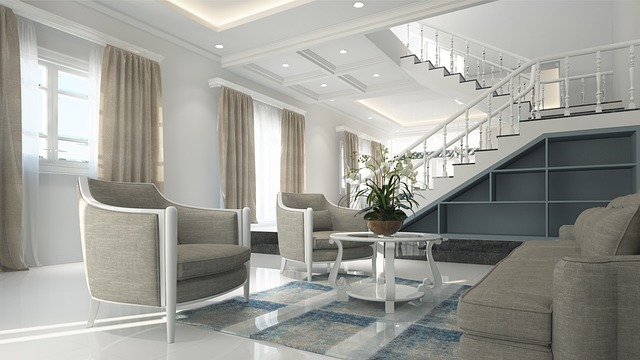The design of televisions has undergone a remarkable transformation over the decades, shifting from bulky, boxy appliances to sleek, minimalist pieces of home decor. This evolution symbolizes not just advancements in technology but also a significant change in how we visualize and experience content as a society. As the demand for high-quality visuals has increased, so too has the ingenuity that drives monitor and display technology.
Initially, televisions were limited by the technology available at the time. The cathode-ray tube (CRT) design, dominant until the late 1990s, required significant bulk—parents often had to make room for a heavy box in their living rooms. However, this didn’t stop people from gathering around their screens to watch their favorite shows. The nostalgic feeling evoked by these vintage televisions remains cherished by many, serving as a reminder of simpler times filled with family bonding.
Fast forward to today, and the emphasis on design is more pronounced than ever. The introduction of flat-screen televisions revolutionized the market. Designs have evolved not only in form but also in function. Today’s monitors utilize LCD, LED, and OLED technologies that provide enhanced clarity and color reproduction, allowing viewers to experience their favorite films and shows like never before. With the rise of ultra-high-definition resolution, the battle to provide the best display has become a significant factor in consumer choice.
It’s fascinating to see how control of lighting, contrast, and sharpness has evolved to adapt to the needs of modern viewers. With advancements in display technologies such as Quantum Dot and Mini-LED, the quality of the visualization has reached almost cinema-like experiences at home. Manufacturers like Samsung, LG, and Sony are continually pushing the envelope, creating monitors that not only function efficiently but also look stunning in any living space.
The design narrative doesn’t stop at the visual aspect; ergonomics and user interface play essential roles in overall user experience. From smart TVs that integrate seamlessly with home automation to remote controls designed for intuitive use, the focus on user-friendly design enhances how we interact with our televisions. We expect our devices not only to deliver visual content but also to be aesthetically pleasing and easy to navigate.
Moreover, the advent of curved and ultra-wide displays has shifted our perspective on what a monitor can offer. These innovative designs create immersive environments that transport viewers into their favorite films or games, blurring the line between watching and experiencing. The last few years have even seen a trend in customizable designs, allowing consumers to choose colors, styles, and features that resonate with their personal tastes.
As we delve deeper into the future of TV design, concepts like augmented reality (AR) and virtual reality (VR) are beginning to reshape our understanding of visualization. Imagine a living room where your TV doubles as an immersive portal to alternate realities. Therefore, the evolution of display technology not only changes how we watch but also how we engage with the digital world around us.
In conclusion, the evolution of TV design reflects society’s changing relationship with technology, showcasing our relentless pursuit of innovation. The leap from simple CRTs to advanced, visually captivating displays illustrates how integral design has become in the TV industry. With every new development, we witness a blend of artistry and engineering that enhances both our environments and our viewing experiences, making the television not just a device, but a centerpiece of modern life.




